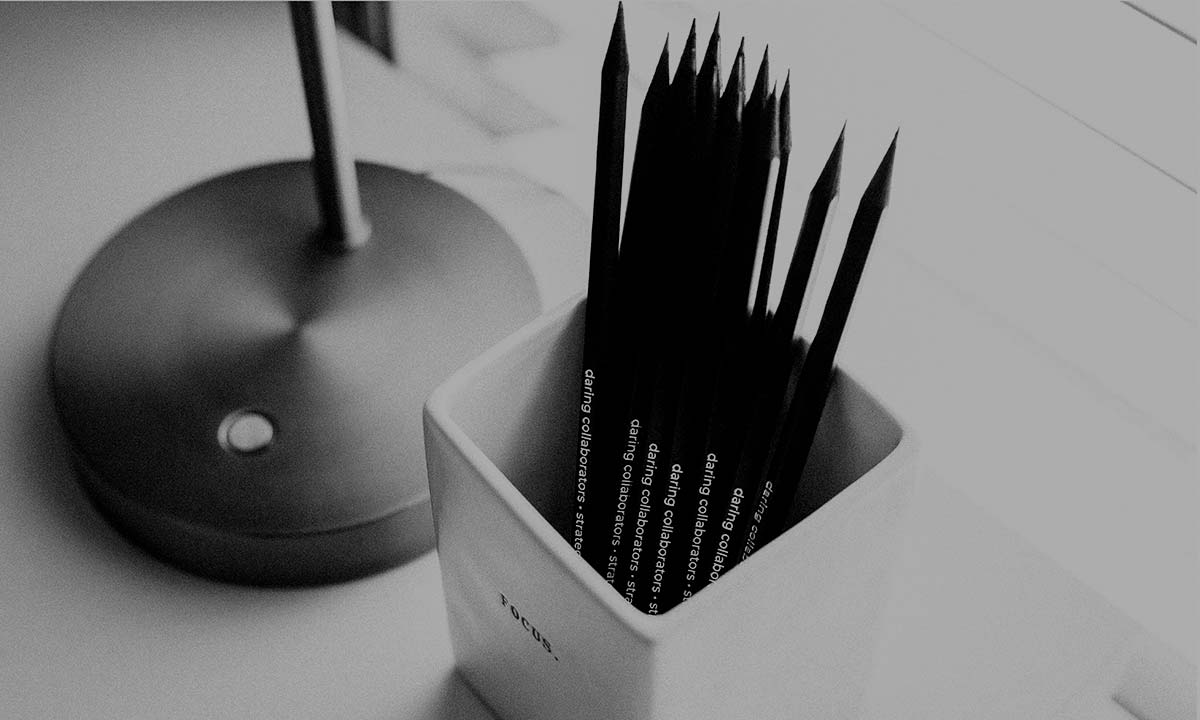10 Tips for Being on Camera
You did it. Your PR pitch worked and a news crew is on the way to interview you on camera. Many people get nervous when this time comes, which is perfectly normal. We work with clients to get them camera ready, and we know that preparation is key to not only reduce those nerves but also to a successful media story. Below are a few of our best tips.
Before the Interview
- Get Plenty of Rest. When you are well-rested you will look and feel more alert and focused.
- Be Prepared. Review your talking points. Run through practice interviews. The more prepared you are, the easier it is to communicate your message.
- Dress for Success. Avoid extremely loud colors, distracting patterns, prints or jewelry. You’ll likely have a microphone attached to your outfit. We recommend keeping a suit jacket with a lapel easily accessible. Not only will the camera crew appreciate it, but you’ll look professional as well.
- Warm up your voice. Try drinking a warm beverage such as tea or lemon water before your interview, and try to stay away from milk products. Sing or talk before the interview, particularly if you are susceptible to early-morning rasp.
You’re Officially on Camera
- Smile, but only if it makes sense. A smile is an easy way to disarm a reporter, appear approachable and make the interview feel much more relaxed. However, know your story and your message. An interview in the middle of a crisis may not call for a smiley, bubbly spokesperson.
- Watch your posture. Maintain a comfortable posture with your shoulders open to the camera. You’ll want to turn enough toward the reporter but not too much where the audience only sees your profile.
- Don’t recite. Think about your talking points and key messaging, but do not try to recite them word-for-word. Instead, use a conversational tone and rely on your expertise and knowledge of your brand.
- Sometimes it’s ok to use humor. Injecting a small amount of humor when appropriate can captivate your interviewer and your audience. They want to like you. Let them.
Oops, It Got Awkward
- Use a bridging technique. Reporters frequently ask difficult questions. Bridging statements help you “bridge” from a reporter’s difficult question to your key message. Some examples might be – “We find the more important issue is…” or “Let me emphasize again…”
- Crisis! The reporter found out something they shouldn’t know, or you are on camera because there has been a crisis in your company. If you have a crisis plan in place beforehand, you should already have key messaging and strategies for how to handle this. Stay calm and refer back to the messaging specific to the crisis – don’t speculate. You can find more information about crisis plans here.
Interacting with the media and being on camera doesn’t need to be scary. You can be just as great as other interviewees that you watch and envy. As long as you’re prepared, you should be able to represent your company in a way that enables you to get your key messages across successfully.

